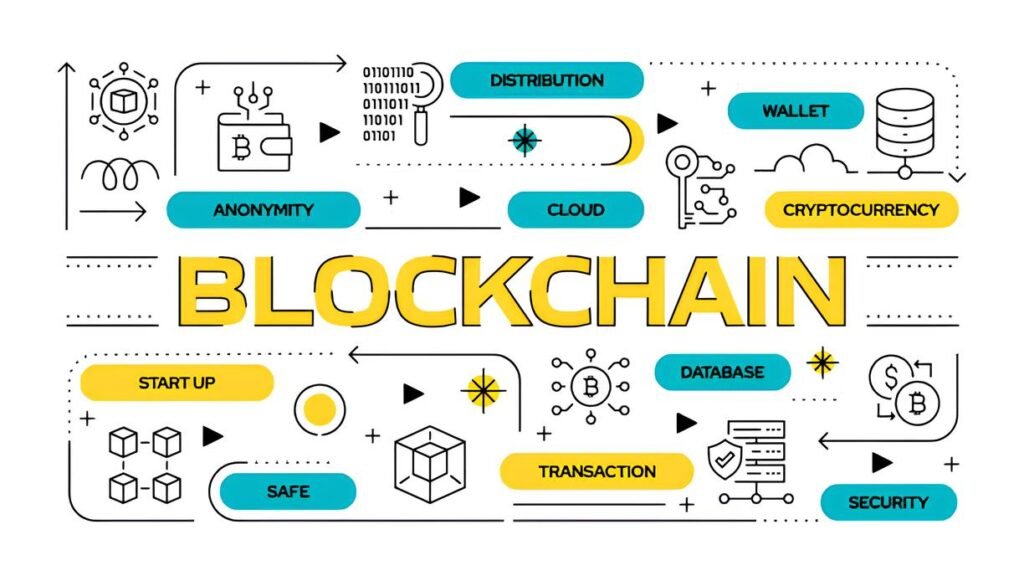Imagine spending hours perfecting your darknet security setup—using the most trusted tools, applying encrypted communications, locking down your VPN, and carefully cleaning your metadata. Yet, despite all that effort, you remain vulnerable. Not because the technology failed, but because the old rules you followed were based on outdated myths that no longer hold water in 2025.
Darknet operational security (OPSEC) once revolved around simple ideas: use Tor, never reveal your real IP, encrypt messages, and ditch smartphones. But in a world where surveillance techniques and privacy tools evolve daily, sticking to dated concepts can leave critical gaps open. What if much of what you believe about darknet anonymity actually puts you at risk?
In This Article
- Old OPSEC Practices Clashing With Modern Threats
- Myth 1: Hiding Your IP Means Complete Anonymity
- Myth 2: One VPN Setup Is Enough for All Situations
- Myth 3: Smartphones Are Always Too Risky
- Myth 4: PGP Encryption Is a Foolproof Shield
- Myth 5: Behavior Patterns Don’t Affect Your Anonymity
- Redefining OPSEC for 2025 and Beyond
- Building a Future-Proof Darknet OPSEC
Old OPSEC Practices Clashing With Modern Threats
Years ago, disciplined darknet users focused heavily on IP cloaking with Tor or VPNs, believed that deleting browser history fully erased traces, or assumed pseudonyms were untraceable if they avoided personal details. These approaches worked in a landscape dominated by straightforward infiltrations and blunt forensic tools.
Fast forward to today, and you find a far more sophisticated adversary. Global intelligence agencies, cybersecurity firms, and even private forensic outfits employ AI-powered behavioral analytics, timing correlation attacks, and hardware-level telemetry inspections to pierce through old defenses. Many darknet users still blindly trust what once worked, unaware they’re sitting ducks to modern detection methods.
Myth 1: Hiding Your IP Means Complete Anonymity
IP addresses have long been the scapegoat for darknet privacy concerns. The conventional wisdom claims that using Tor or a VPN to mask your IP makes you invisible online. In reality, IP obfuscation is just the first layer in a much deeper security onion.
Even with a hidden IP, adversaries can exploit metadata leaks, browser fingerprinting, traffic timing analysis, or cross-session correlations to piece together user identities. For example, Tor circuits can be monitored at entry and exit points to perform timing attacks, linking your activity back to you despite the masked address.
Newer research also highlights risks like device telemetry and subtle system leaks that reveal unique hardware IDs or Wi-Fi fingerprints, which IP masking alone cannot hide.
Relying solely on IP hiding tools without layering protections against metadata, browser fingerprinting, or device leakage exposes you to a range of deanonymization tactics.
Myth 2: One VPN Setup Is Enough for All Situations
Many darknet users pick a “go-to” VPN service, set it, and forget it—believing this is their digital armor. Yet, in 2025, not all VPNs are created equal. Some log connection data unknowingly, leak DNS requests, or fail to encrypt IPv6 traffic properly.
Moreover, threats differ. A VPN that protects your identity from local ISPs may not prevent correlation attacks or adversaries who run malicious Tor nodes. How VPN and Tor interplay matters greatly—you must tailor your VPN use to your risk profile and constantly verify it does what it claims.
Beware of VPNs with browser extensions that claim anonymity but are often spying gateways themselves. Users should also rotate services, avoid overlapping usage patterns, and audit VPN configurations for leaks.
Myth 3: Smartphones Are Always Too Risky
This one’s nuanced. It’s widely preached that mobile devices are privacy nightmares and should be avoided for darknet access. While it’s true smartphones carry risks—persistent apps, hardware telemetry, and numerous sensor leaks—they also offer powerful security tools if used correctly.
Modern privacy-focused mobile OS builds and apps can sandbox environments, encrypt storage, and minimize telemetry. A carefully configured burner phone with apps like Orbot or the official Tor Browser can handle many tasks less conspicuously than a lax desktop.
Still, don’t fall for the myth that avoiding smartphones altogether is the only safe path. Instead, assess your threat model meticulously and leverage good mobile OPSEC guides like smartphone privacy in 2025.
Myth 4: PGP Encryption Is a Foolproof Shield
PGP has earned legendary status for protecting darknet conversations. But many users assume just wrapping messages with PGP encrypts not only content but also metadata and identity markers. This is false.
First, PGP doesn’t obfuscate headers or routing information. If your email address or message metadata is linked to your identity, encryption alone won’t hide that. Secondly, poor key management—reusing keys, bad passphrases, or storing private keys insecurely—opens paths for attackers.
In addition, verifying PGP keys correctly is an art in itself. Many darknet users fall prey to fakes or improperly signed keys, undermining trust and security. Learning how to verify PGP keys anonymously is critical but often neglected.
Myth 5: Behavior Patterns Don’t Affect Your Anonymity
This might be the most underestimated aspect. You can have the best technology stack, but if you repeat the same actions with consistent timing, language use, or operational habits, you’re leaving a digital fingerprint.
Law enforcement and intelligence agencies increasingly rely on behavioral analysis—known as “metadata” profiling—to deanonymize darknet users. From timestamp regularities to typing style, even subtle typing rhythm or response delays can be signals that link seemingly separate identities.
Metadata includes activity timestamps, session lengths, file sizes, language markers, and in-session navigation patterns. These signals can combine to uniquely identify users across platforms.
The discipline to disrupt your own patterns—randomizing login times, introducing language variants, or isolating sessions on separate setups—is becoming a non-negotiable element of modern OPSEC.
Redefining OPSEC for 2025 and Beyond
Given how these myths no longer hold up, OPSEC demands a fresh perspective. It’s no longer sufficient to “set and forget” tools or blindly follow traditional guides. Instead, success hinges upon adopting a layered, adaptable strategy that evolves with the threat landscape.
Modern OPSEC combines technology with psychology, threat modeling, and an awareness of the human element. This means:
- Continuously updating your toolkit and techniques.
- Embracing compartmentalization through segmented digital personas.
- Recognizing that anonymity is as much about eliminating behavioral habits as it is about encrypting packets.
- Understanding where tech tools fall short and mindsets fill the gaps.
For anyone looking for a blueprint, starting with layered network protections—like properly combining Tor with audited VPNs, using hardened operating systems such as Tails or Whonix, and employing secure messaging workflows—is a must.
Building a Future-Proof Darknet OPSEC
So, how do you move beyond myths to build resilient anonymity?
- Verify Tools Constantly. Run DNS leak tests and audit Tor circuits regularly. Consider guides like the ones on security checklists for new darknet users to avoid common pitfalls.
- Rotate Pseudonyms and Keys. Never overextend a single identity. Build modular digital personas that are isolated and retired frequently.
- Use Air-Gapped or Live Systems. Operating systems such as Tails or live Linux USBs prevent long-term data persistence that can lead to exposure.
- Randomize Behaviour. Add delays, change timezones in your system clock, vary language style, and avoid habits–even small ones like always posting at the same hour.
- Understand Your Device. Harden your smartphone or desktop against telemetry leaks and disable unnecessary hardware when possible.
- Keep Metadata in Check. Strip identifying information from all files before uploading, using tools like MAT2 or
exiftool.
Don’t fall into the trap of thinking one super-tool or a single setting will be your safeguard. OPSEC is a living practice requiring constant vigilance and adaptation.
Embrace the mindset that privacy isn’t just about hiding—it’s about being unpredictable, cautious, and educated. When you move beyond old myths, you begin to truly understand the complexity of anonymity in the age of machine learning, global surveillance, and advanced forensics.


